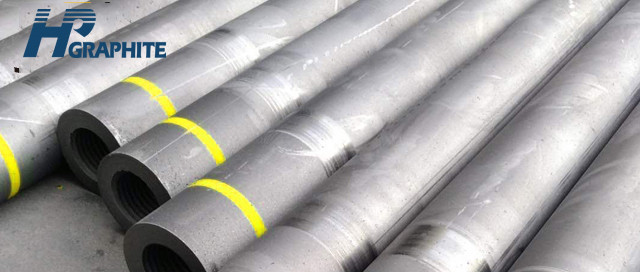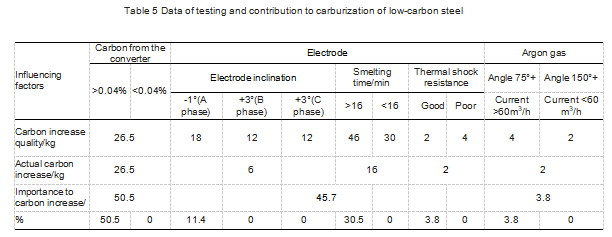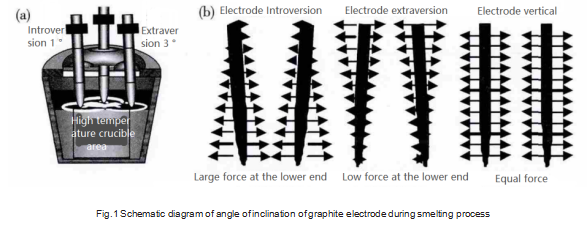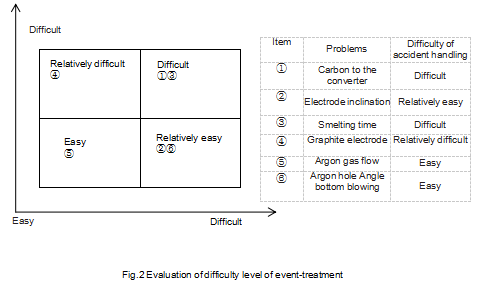Explore of carburization behavior of low-carbon steel during smelting process

From the argon bottom blowing flow rate and bottom blowing angle, it can be seen that the bottom blowing flow rate and bottom blowing angle of argon also directly affect the fall of the graphite electrode hole wall, and the he mass of electrode hole wall shedding is > 4 kg.
As the ferroalloy and refining package walls are less carbonized, they are not considered in the fault tree calculation. The results of carbon increase in low-carbon steel calculated through actual measurement are shown in Table 5. The fault tree analysis theory is used to process and analyze the low-carbon steel carbon increase data in Table 5. It can be seen from Table 5 that the carbon from the converter has the greatest impact on the carbon increase of low-carbon steel, followed by the electrode inclination angle and the angle between the argon flow and the bottom blowing directly caused the electrode joints and hole walls to fall off.

Qualitative analysis of carbon-increasing factors
(1) Analysis of the influence of carbon from the converter on the carbon increase of low-carbon steel
It can be seen from Table 1 that without changing other conditions, if the carbon content of the converter is higher than 0.04%, there is a risk of low-carbon steel carbon exceeding the standard. If the carbon from the converter is reduced to less than 0.04%, although it can solve the problem of low-carbon steel carbon increase, it is difficult to actually control, and it will also increase the time cost and the corresponding labor cost. Therefore, it is not the best way to eliminate the carbonization of low-carbon steel simply by adjusting the carbon from the converter.
(2) Analysis of the influence of the three-phase electrode inclination angle on the carbon increase of low-carbon steel
In the electric arc furnace smelting process, the inconsistency of the inclination angle of the three-phase electrodes will lead to unbalanced reactance of the electric arc furnace power supply system. The direct manifestation is the obvious difference in the three-phase electrode current. The requirement of the difference in the three-phase electrode current in the electric arc furnace acceptance standard specified by the International Electrotechnical Association is less than 5%. The direct consequence of the unbalanced reactance of the electric arc furnace power supply system is that it will lead to unnecessary electrical loss and electrode loss, and the other is that it will cause damage to the transformer. The inconsistency of the inclination angles of the three-phase electrodes will also cause a certain electrode or all electrodes to enter the high temperature crucible area (Figure 1 (a)), resulting in an increase in the consumption of a certain electrode, and at the same time, it will shake under the periodic action of electromagnetic force, which will aggravate the risk of the electrode withdrawal and breaking (Figure 1(b)).

(3) Analysis of the influence of smelting time on the carbon increase of low-carbon steel
The smelting time is directly related to the converter molten steel entering the station temperature, heating temperature and continuous casting operation status. It is difficult to control the carbon increase of low-carbon steel from the smelting time alone.
(4) The impact of the thermal shock resistance of graphite electrodes on the carbon increase of low-carbon steel
At present, the carbon industry does not have graphite electrodes exclusively for low-carbon steel smelting. The electrodes used in low-carbon steel smelting are basically conventional graphite electrodes. Therefore, any pore wall cracking and chip off-falling of the electrodes that occur during the smelting of low-carbon steel will have an impact on the smelting of low-carbon steel. Because the smelting of low-carbon steel currently generally adopts the foam slag process, and under high temperature conditions, the graphite at the arc starting part of the electrode will directly sublime and evaporate, and react with the metal oxides in the reduced slag liquid to form carbides. The carbides are under the action of argon gas flow. It will quickly settle to the steel slag into the molten steel resulting in carburization.
(5) Analysis of the impact of argon gas bottom blowing flow and bottom blowing angle on carbon increase
Although argon gas bottom blowing can remove harmful substances such as hydrogen in the molten steel, if the flow is too large and the bottom blowing angle is not good, it will also cause laminar flow of molten steel, turbulence and the boiling and twisting phenomenon of the slag liquid accelerate the contact and exchange between the slag liquid and the molten steel, and also aggravate the scouring of the slag liquid on the electrode, causing the molten steel to appear slag inclusion and carbon return. Therefore, reasonable adjustment of the bottom blowing flow rate and bottom blowing angle of argon gas is a simple and practical method to prevent the carbon increase of low-carbon steel.
(6) Evaluate the difficulty of incident handling
Figure 2 shows the evaluation result of the difficulty of handling the importance of the various factors of carbon increase get more related news contact us.

No related results found








0 Replies